Beginning in 1869, it was ‘Royal’ within two years and so successful that in 1873 its members founded the West Lancashire Golf Club on the opposite side of the River Mersey, in Blundellsands, making it one of the oldest in England and which, this year, celebrates its Sesquicentenary.
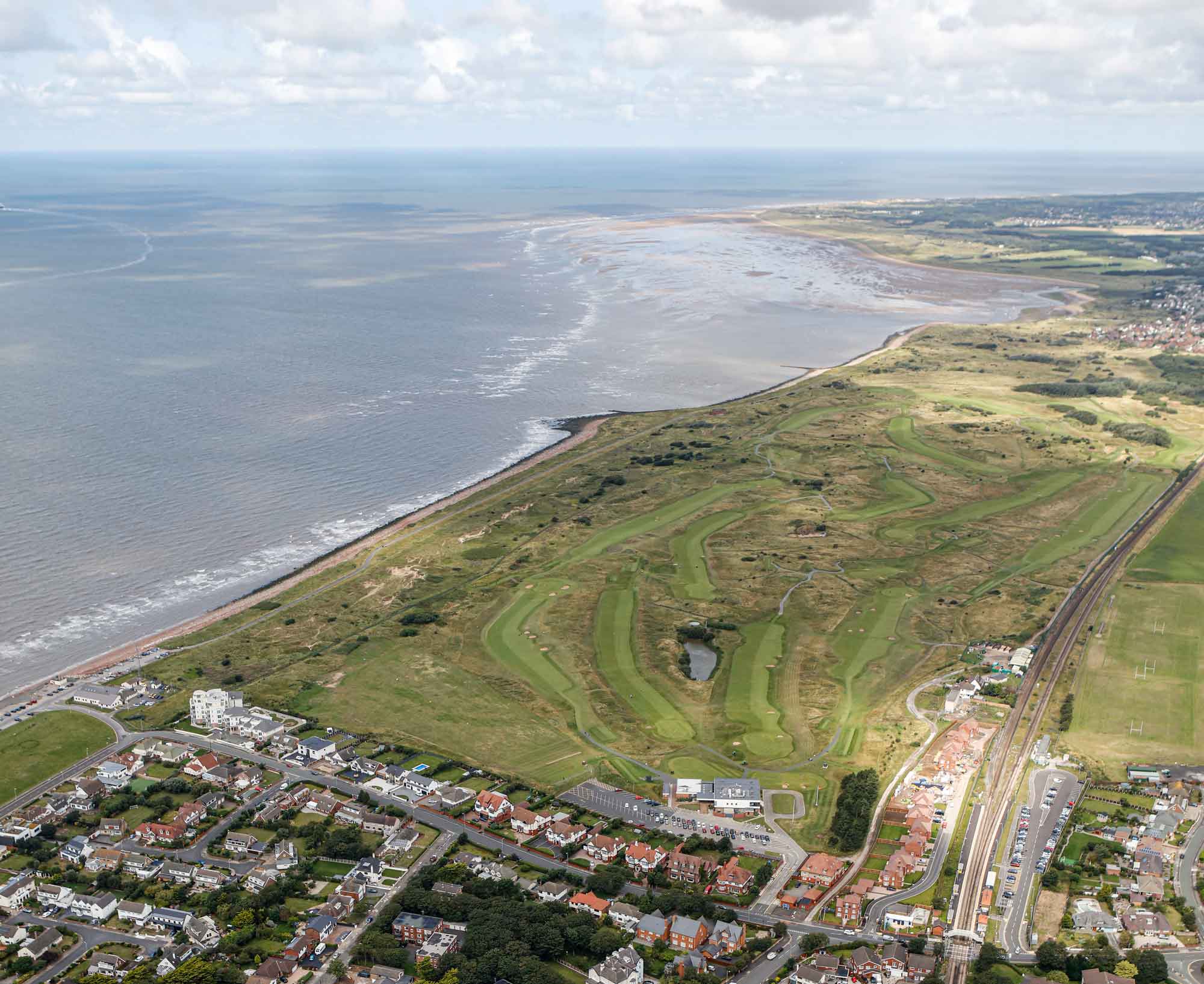
The early story could have been so different. In 1870, following a Special Meeting of members at Hoylake, they resolved to change their name to ‘The West Lancashire and Cheshire Golf Club’.
Thankfully, at the first General Meeting, the decision was overturned and ‘The Liverpool Golf Club’ was restored - and the rest is…history!
In June 1869, James Muir Dowie was elected Captain at the Royal Hotel in Hoylake and Alexander Whytt, a Hoylake member, became Captain of West Lancashire at the Royal Hotel in Liverpool in October 1873.
Both Clubs began with nine holes on leased dune land, both coincidentally named ‘The Warren’. Hoylake went to 18 holes in 1871, and West Lancashire followed in 1880.
As competitions began, the same hands were clearly at work in the design of the Club Gold Medal (1870) and the Challenge Gold Medal (1874), which are still competed for 150 years later.
In the early decades, membership of both Clubs was largely the same, and among the principal names at West Lancashire were Royal Liverpool’s James Muir Dowie, John Dun and John Ball snr, tenant landlord at the Royal Hotel, the Club’s early clubhouse. He was the father of John Ball of Hoylake, arguably Britain’s greatest ever amateur golfer.
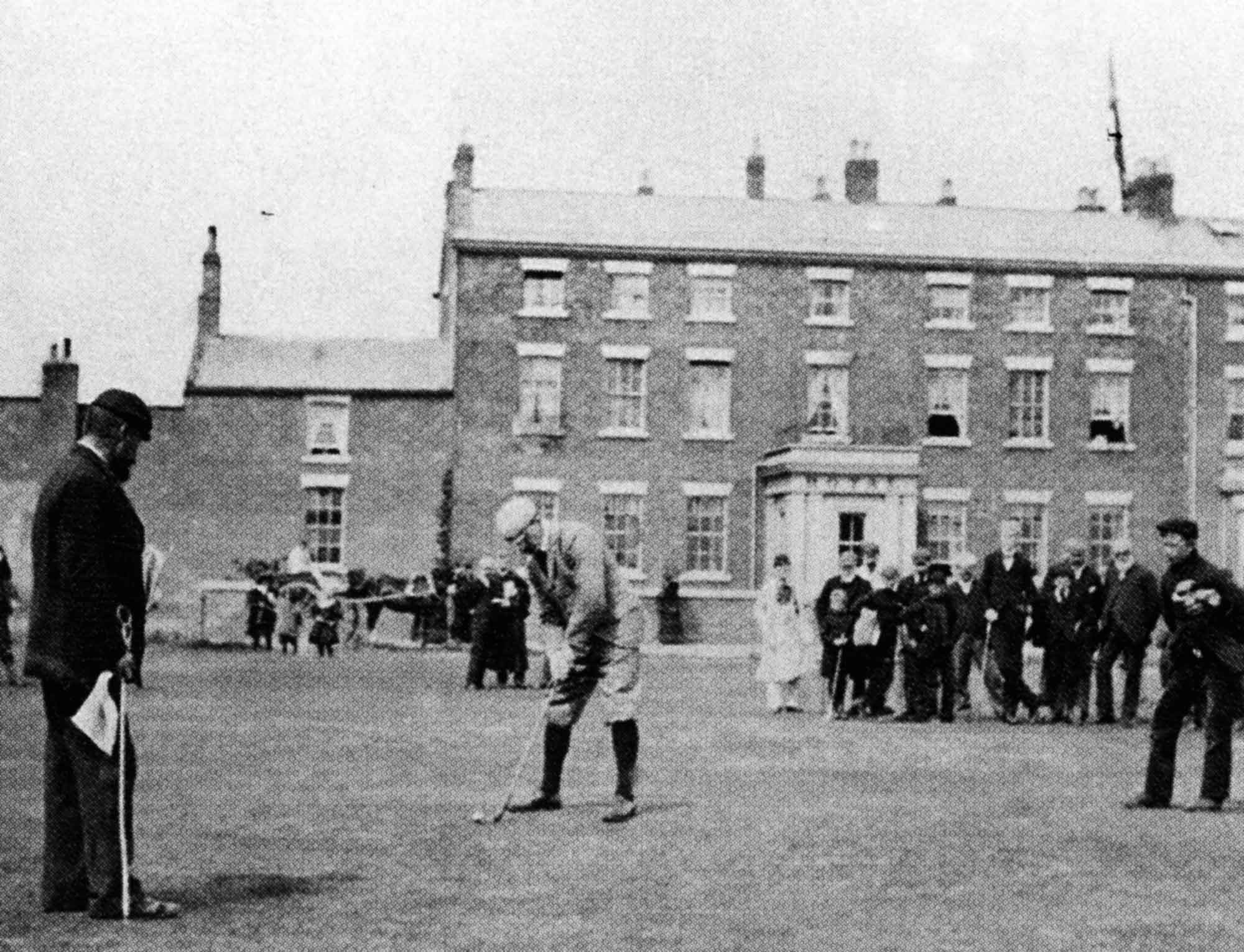
In 1884, Thomas Owen Potter, the Club’s Secretary and a member of West Lancashire, proposed ‘an informal meeting to take place during Hoylake’s Spring Meeting week of 1885. Open to amateur golfers of a recognised Club, with an entrance fee of 1 guinea, a piece of plate, to the value of £100, would go to the winner, along with the title “Amateur Champion”.’ 23 of the leading Clubs subscribed to the cost of the Trophy, including West Lancashire.
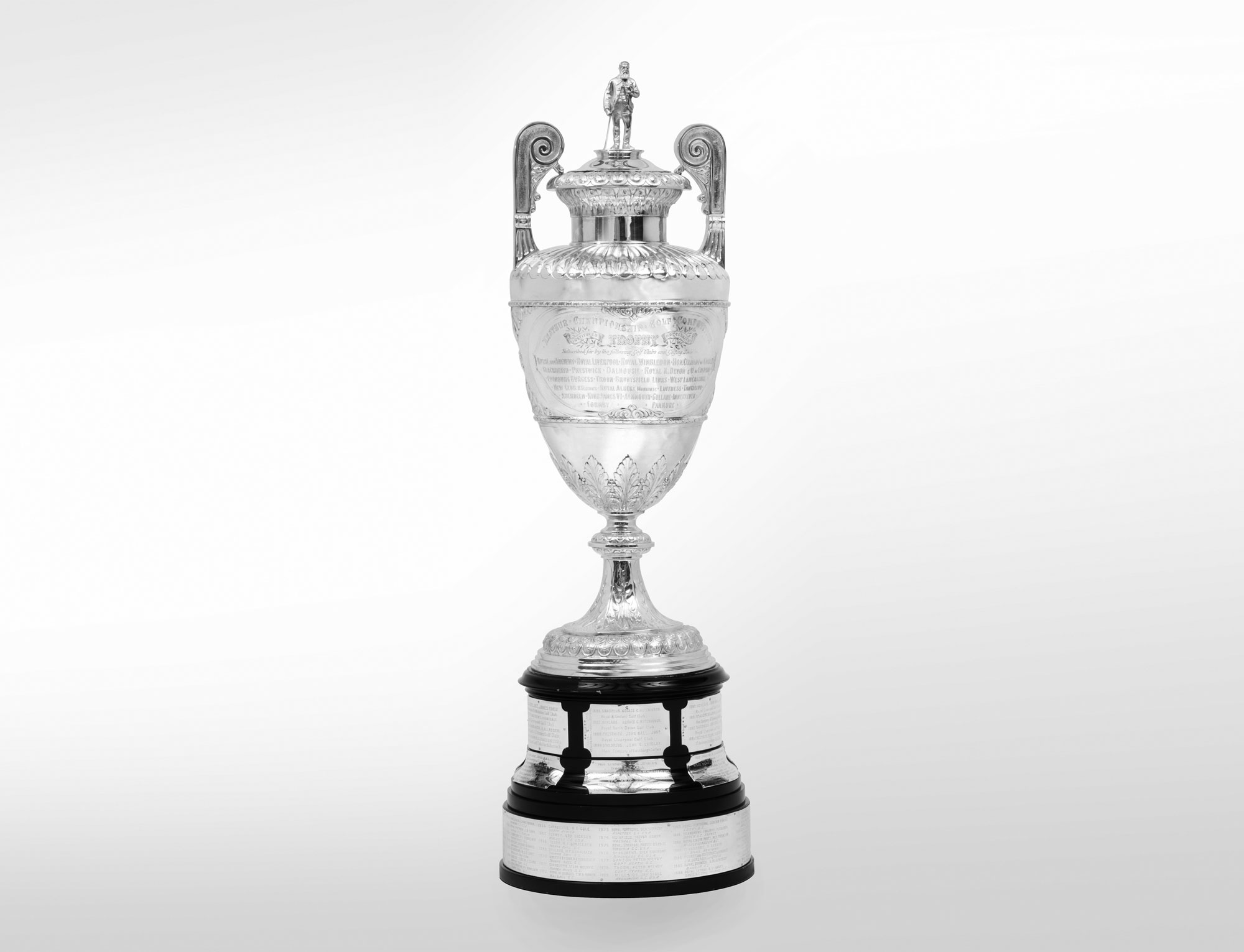
In the final, Allan Macfie, Royal Liverpool (and West Lancashire), defeated Horace Hutchinson by 7 & 6, to become the first Amateur Champion, but it took many years before this was confirmed in the Record Books!
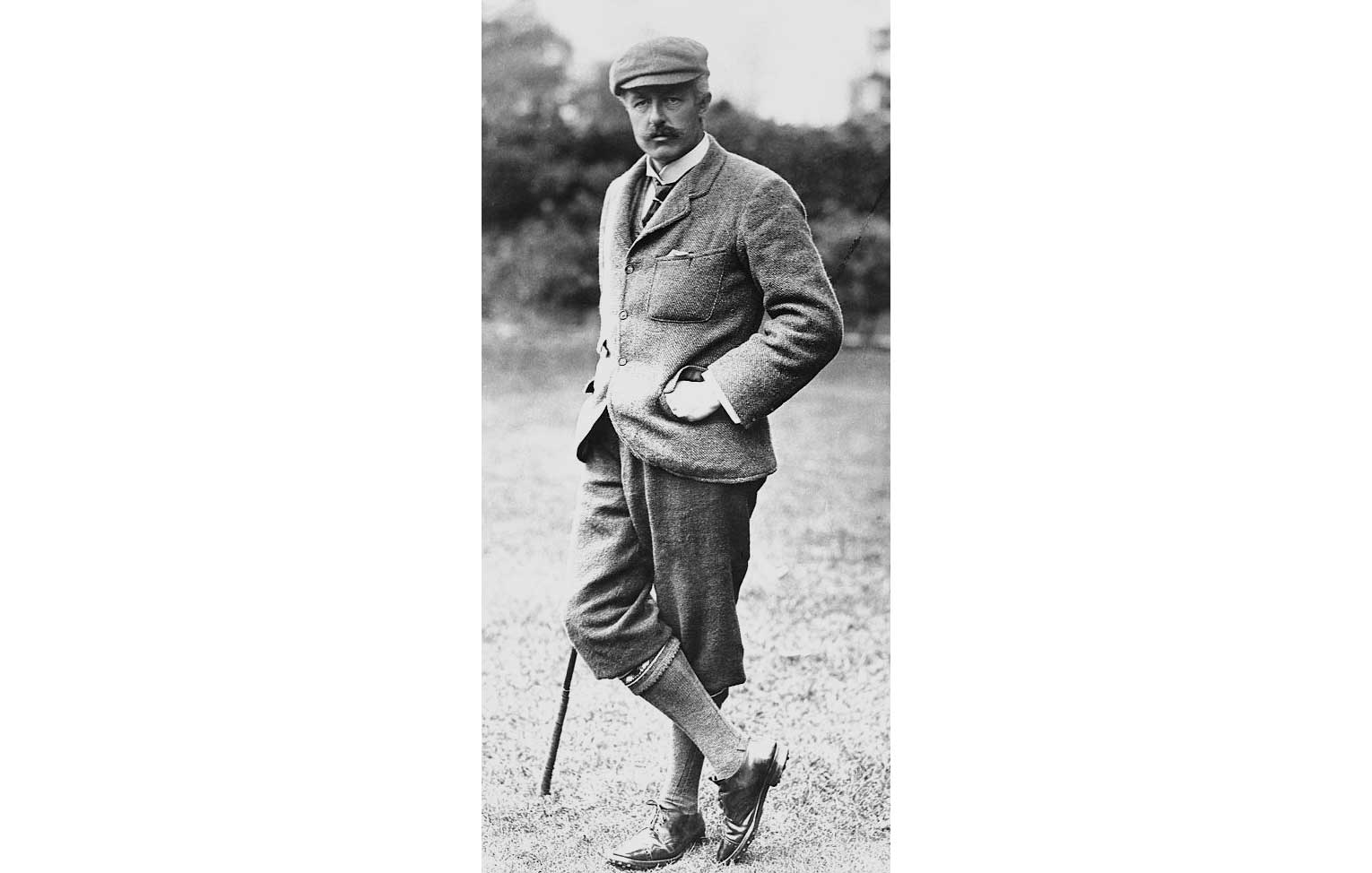
Because the 1885 championship was regarded as informal and the 1886 tournament as official, Horace Hutchinson, the winner, was formally declared the first Amateur Champion.
However, in 1922, after review, the R&A recognised Mr Macfie’s achievement and ruled that his name be recognised as that of the first Amateur Champion.
Harold Hilton joined West Lancashire in 1889 and became the Club’s first paid Secretary in 1901. In April of that year, he invited the Oxford and Cambridge Golfing Society to the Club, and with them was John Low, the Society’s first Captain.
Mr Hilton and his team won the match by 41 holes to 32, but he would meet John Low again a few months later in the final of the Amateur Championship.
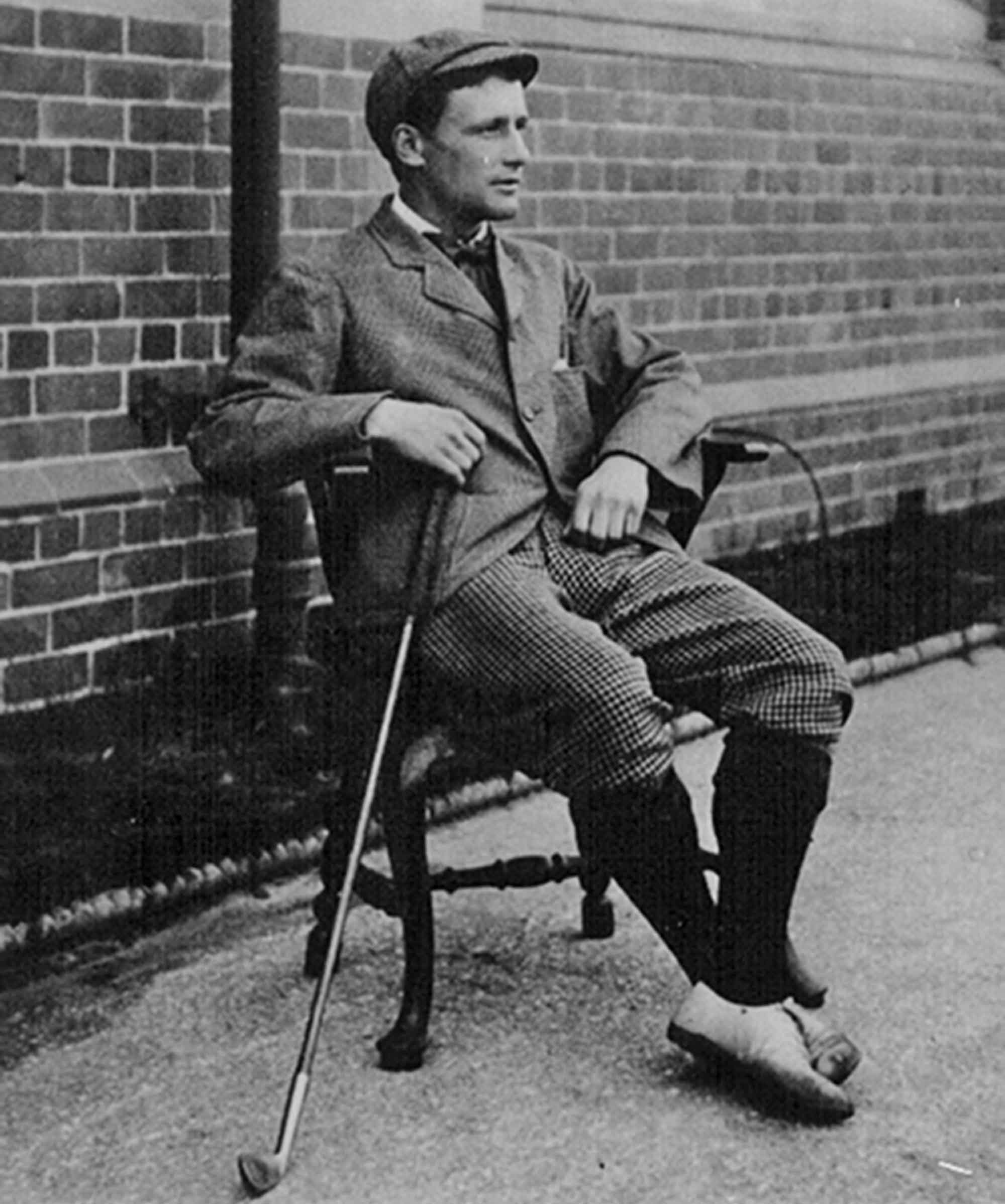
The Club had given him time away from his duties and a grant towards his travel and subsistence to enable him to defend his Amateur Championship title, won at Royal St George’s, and with Old Tom Morris superintending the tee at St Andrews, he beat John Low (Royal and Ancient) by one hole, in what Golf Illustrated described as, ‘the grandest final that has yet been played since its beginning in 1885’, with Mr Hilton regarded as ‘a past master at the art of golf.’
In 1902, Charles Hutchings, aged 54, became Amateur Champion, beating Sidney Fry, (Mid Surrey) by one hole. The Championship was contested at Hoylake, his home Club, but his name is also on the Honours Boards at West Lancashire.
At West Lancashire in 1892, Harold Hilton, +7, remained undefeated in this outstanding year, winning the Cookson Challenge Cup, the Challenge Gold Medal and the Club Challenge Cup.
On the wider stage he won the Open Championship at Muirfield in 1892, and again five years later, when, for the first time, the Open Championship was staged at Hoylake, his home Club.
Winning the Open Championship twice as an Amateur, was only bettered once, by RT (Bobby) Jones, who won it three times, in 1926 at Royal Lytham, 1927 at St Andrews and 1930 at Hoylake.
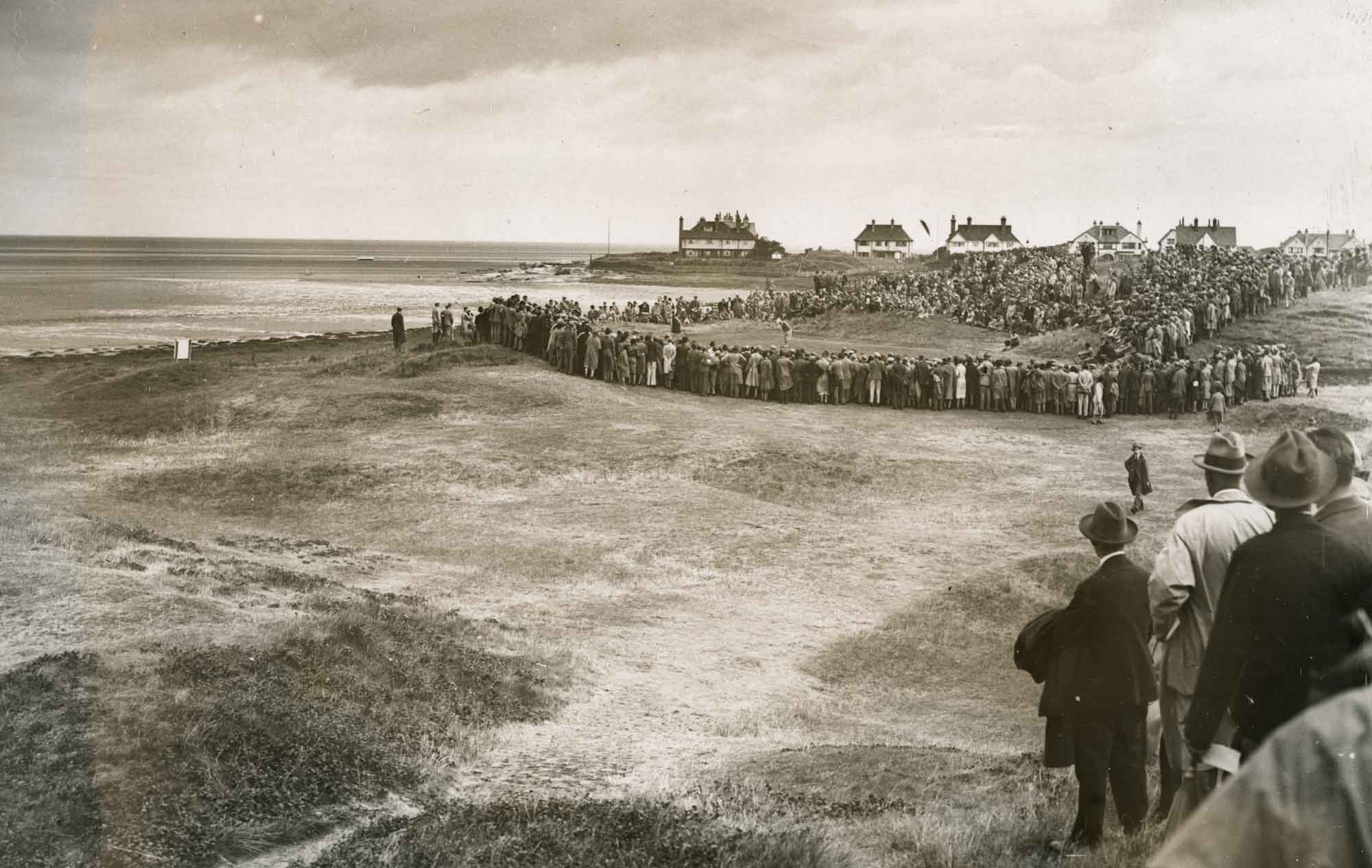
Captains play an important part in the life of a Club, and with shared membership in the early years, it’s a matter of record that from 1873 to around 1900, five Captains from Royal Liverpool were also Captains at West Lancashire.
By name, they were John Dun (1877), Alexander Stewart (1886), George Cox jnr. (1891), Adam Rankine (1894) and Edward Evans (1897). This was unique in its time and the deep connection has continued for more than 100 years, with each new Captain an honoured guest and speaker at the other Club’s Spring Dinners.
In 1961, West Lancashire’s present course was reconfigured by CK Cotton, with all 18 holes now on the river side and, in 1976, when the Club hosted Final Open Qualifying for the first time, Nick Faldo, Bernhard Langer, Sandy Lyle and Ian Woosnam were in the field. Remarkably, two of them would later win The Open and all four become Masters Champions.
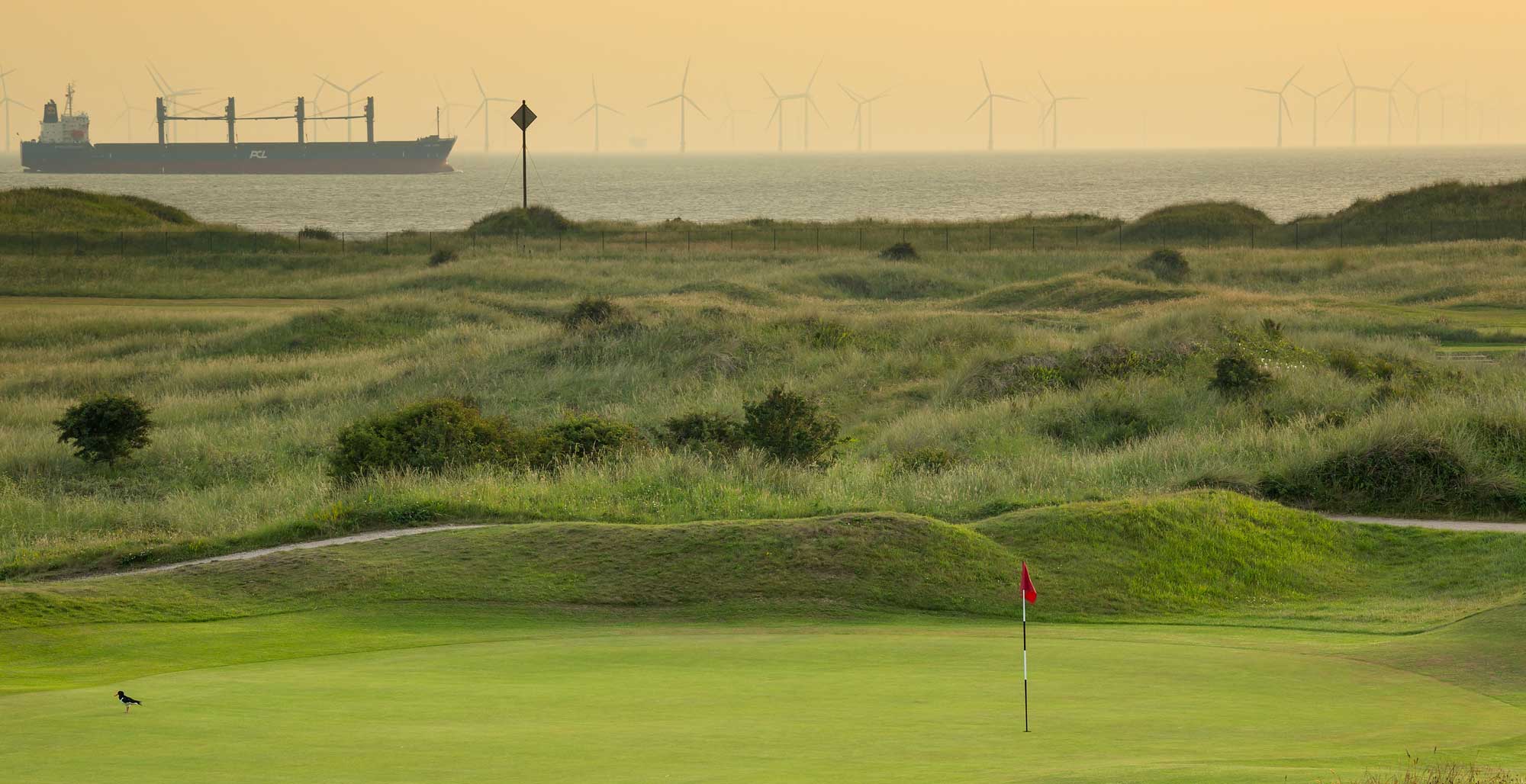
In 2006, West Lancashire hosted Final Open Qualifying again, when, after an absence of 39 years, The Open returned to Hoylake. It was a triumph, and Tiger won!
In 2014, West Lancashire hosted The Junior Open, and The Open was back at Hoylake. It was another triumph, and Rory won!
In 2023, West Lancashire will begin a four-year series of Final Open Qualifying as The Open returns yet again to Royal Liverpool, in the hope, to paraphrase Bernard Darwin, ‘that the mighty winds that blow might breed another mighty champion!’
In the 1870’s on The Warrens, sheep ate the grass and fertilised the links, and Clubs relied on seasonal workers and horsepower to keep the course in shape.
In the 2020’s we have agronomy, skilled workers, and fleets of John Deere electric vehicles whizzing noiselessly about, driving sustainability, which is the new order, and where caring for the environment is ‘front and centre’ in modern links management.
For the success of their work, both Clubs have been awarded the Golf Environment Organisation’s coveted Eco Certificate. It recognises great work and a commitment to continue striving, with particular care of the flora and fauna on the links ‘that we hold in trust.’
Changing weather patterns are with us today and golfers can now see the effects on their own course at the ’drop of a drone’, so to speak, as new aerial photography enables staff and members to view the changes, and the response, as never before.
Our social media partner uses this technology wonderfully, and has produced two short films about the Clubs, offering their history, and some spectacular aerial photography, previously unavailable in this manner.
They are outstanding, and both Clubs are shown to such great advantage that, if I had not visited them previously, I would no doubt immediately add them to my bucket list, like this:
Message to Self:
Classic championship links? CHECK. GEO Accredited? CHECK.
150 years of rich History? CHECK. Must Visit, 2023? CHECK!
West Lancashire Golf Club warmly welcomes visitors. To find out more about the Club please visit www.westlancashiregolf.co.uk
Or call 0151 924 1076
You will find West Lancs on Hall Road West, Blundellsands, Liverpool L23 8SZ